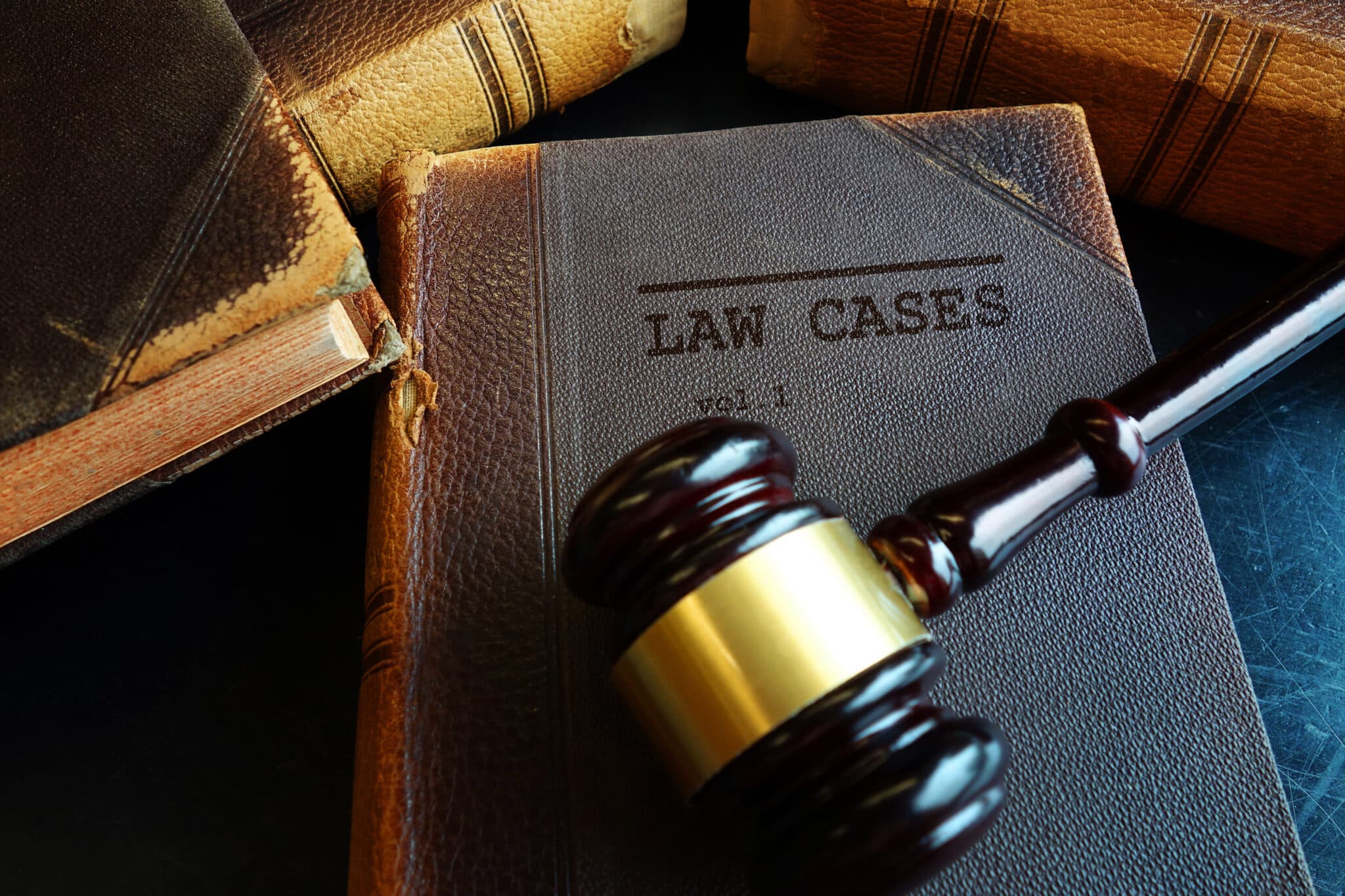Experienced Federal Crime Attorney: Professional Defense in Federal Crime Situations
Experienced Federal Crime Attorney: Professional Defense in Federal Crime Situations
Blog Article
Demystifying the Process of Federal Appeals: What You Required to Know
Navigating the complex realm of federal allures can typically look like traversing uncharted waters for those not familiar with the procedure. Understanding the subtleties of appellate court jurisdiction, the ins and outs of submitting a notice of allure, presenting a compelling brief, and making a convincing oral argument are important elements that can considerably affect the end result of a situation. By untangling the layers of complexity bordering government appeals, people can gain a clearer understanding right into the devices that control this essential phase of the lawful system.
Understanding Federal Appeals Process
Looking into the detailed realm of the federal allures process introduces a structured and methodical trip via the judicial system - federal appeal lawyers mississippi. Federal allures act as a crucial system for assessing choices made by reduced courts. Recognizing this procedure is vital for anybody involved in lawful procedures at the government level
The procedure usually begins with an event disappointed with a reduced court's ruling submitting a notice of allure. This sets off a testimonial by a higher court, where a panel of courts assesses the lawful arguments provided by both celebrations. Briefs outlining the lawful reasoning behind each event's setting are submitted, and dental disagreements might be heard to clear up complex concerns.
The appellate court's choice is based on a detailed assessment of the lower court's process and the arguments provided. The judges do not concentrate however review truths on whether lawful errors took place that impacted the reduced court's decision. As soon as the appellate court reaches a choice, it can affirm, reverse, remand, or change the lower court's judgment, offering clearness and finality to the lawful disagreement. Understanding this process is vital for navigating the complexities of federal appeals effectively.
Appellate Court Territory Clarified

Appellate courts have jurisdiction over certain sorts of instances, generally those including legal mistakes, step-by-step concerns, or inquiries of regulation as opposed to factual disputes. The jurisdiction of appellate courts is typically detailed in laws and regulations that control the court system. Recognizing appellate court territory is important for events entailed in the charms procedure as it figures out whether a situation is qualified for evaluation and the degree to which the appellate court can intervene in the lower court's decision.
Filing a Notification of Allure
The first action in starting the government allures procedure includes filing a Notice of Appeal with the appropriate appellate court. federal sentencing attorney. This essential record formally notifies the court and the various other parties entailed in the case that the appealing event intends to look for an evaluation of the reduced court's decision. Submitting a Notice of Allure is a rigorous step-by-step demand that sets the appellate procedure in motion
When preparing the Notice of Allure, it is vital to make certain compliance with the details guidelines and standards of the relevant appellate court. The paper must normally include info such as the instance name, the lower court's name, the date of the judgment being appealed, and a succinct statement showing the grounds for the appeal.
When submitting a Notice of Charm,Timeliness is of the significance. Missing the due date for sending this record can result in the charm being dismissed, emphasizing the importance of exact and punctual initiation of the appeals process. It is a good idea to look for legal support to navigate the intricacies of filing a Notice of Charm efficiently.
Instruction and Dental Argument
In the appellate process, presenting composed briefs and taking part in dental debates play pivotal roles in advocating for the appealing celebration's setting prior to the appellate court. Briefs are thorough lawful records that outline the parties' arguments, legal authorities, and analysis supporting their settings. These composed submissions supply the court with an in-depth understanding of the realities of the instance, the pertinent regulation, and why the appealing party thinks the reduced court's decision should be rescinded.
Following the entry and testimonial of the briefs, dental arguments offer the parties a chance to additional clarify their settings, deal with official website any type of questions the appellate judges might have, and emphasize bottom lines from their composed briefs. Oral arguments are an opportunity for the attorneys to encourage the judges with verbal advocacy and feedbacks to questions from the bench.

Getting the Appellate Court Decision

Final Thought
Comprehending the appellate court territory, filing a notification of appeal, preparing briefs, and providing oral disagreements are all vital components of this process. Inevitably, obtaining the appellate court decision can offer clearness and resolution to lawful disagreements.
As we proceed from understanding the federal charms process to dissecting the details of appellate court jurisdiction, a fundamental aspect comes to light relating to the authority and limitations of these greater courts in the lawful landscape. Appellate court jurisdiction refers to the range of instances that a particular appellate court has the power to assess and determine upon. Unlike trial courts that hear cases for the first time, appellate courts are restricted to evaluating decisions made by reduced courts. Recognizing appellate court territory is vital for events included in the charms process as it figures out whether a situation is eligible for review and the extent to which the appellate court can intervene in the reduced court's choice.
Whether the appellate court attests, reverses, or remands the lower court's decision, comprehending the effects of the judgment is critical for all parties included in the appellate process.
Report this page